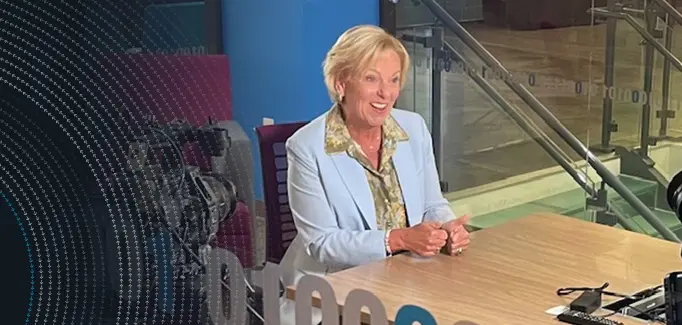Trend #3: Crypto’s Meteoric Rise and Mainstream Adoption
December 18, 2025
Blog Series: Fighting Market Abuse in the Age of AI: Trends, Threats, and Technology

December 18, 2025
Blog Series: Fighting Market Abuse in the Age of AI: Trends, Threats, and Technology

December 11, 2025
Blog Series: Fighting Market Abuse in the Age of AI: Trends, Threats and Technology

December 8, 2025
As we step into 2026, the fraud landscape continues to evolve at pace. New payment methods, regulatory shifts and emerging technologies are reshaping how consumers transact and how fraudsters exploit vulnerabilities. From agentic commerce and crypto adoption to the growing complexity of money mule networks, financial institutions (FIs) face into a growing list of new challenges to protect customers while maintaining seamless experiences. What once were isolated risks confined to specific channels are now converging, demanding cross-channel solutions, global collaboration and sharper decisioning frameworks.

December 5, 2025
The week of 24 November was a busy one for the FCA. On Wednesday, 26 November, two individuals were charged with insider dealing; one worked for an investment bank and was privy to information regarding a potential takeover. He leaked this information to the other individual, who then traded shares and spread bets on the basis of the privileged information. The case will now proceed to the Crown Court as a criminal proceeding.

December 5, 2025
Blog Series: Fighting Market Abuse in the Age of AI: Trends, Threats and Technology

November 13, 2025
The world of communications surveillance is evolving faster than ever. Regulators are tightening oversight, communication channels are multiplying and organizations are facing growing volumes of data that few are fully equipped to manage. In this rapidly changing environment, relying on isolated monitoring and static controls is no longer sufficient.

November 12, 2025
In today’s interconnected world, money moves at the speed of light, with fraud following close behind. Across global banking, commercial and corporate clients are facing a new wave of sophisticated financial crime. Authorized scams, synthetic identities, deepfake impersonations and real-time payment hijacks are no longer isolated incidents but are intricate parts of a fast-evolving fraud economy powered by technology.

November 11, 2025
Exclusive interview with Amy Brady, Chief Information Officer, KeyBank